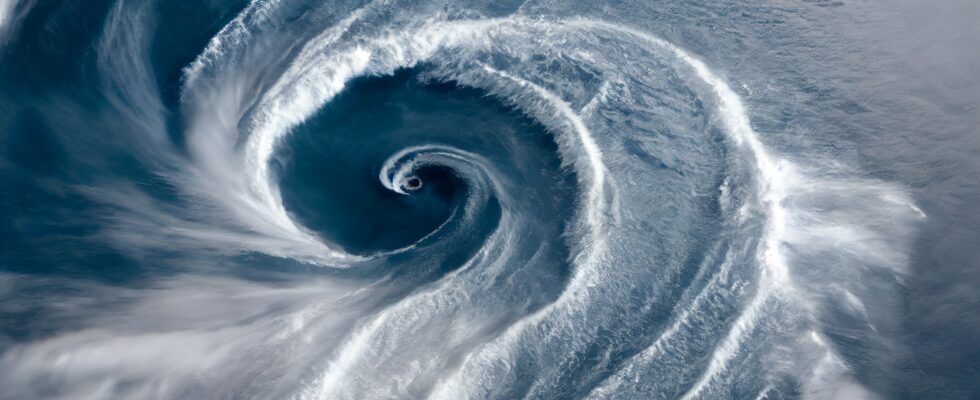Hurricanes, already feared for their devastating effects on the areas they hit, represent a new ecological threat: when they are triggered, they become gigantic carriers of microplastic particles.
Even if science advances in the field of hurricane detection, there is one thing it can do nothing about: making them disappear. When in 2021, Hurricane Larry grazed the American coast and stretched as far as Newfoundland (eastern Canada), it revealed another Super power worrying about these climatic events. When they rage, they are capable of carrying millions of microplastic particles (less than 5 mm in size). A raw destructive force which is therefore accompanied by an ability to move pollutants over long distances.
A worrying discovery
When Larry arrived on the coast of Newfoundland, scientists used a specific instrument to capture what the strong winds brought in their wake. In addition to the usual rainfall, they found that Larry deposited an average of 100,000 microplastic particles per day per m2. A very large quantity, which we were completely unaware of.
Their study was published in the leading journal Communications Earth and Environment in order to add hurricanes as vectors for the spread of microplastics in ecosystems. While it was believed that these particles remained in the oceans and food chains, we now know that they are an integral part of a pollution cycle between land, air and sea.
The profound ecological implications
The team of researchers deployed on site at the time was able to determine that the particles captured did indeed come from the ocean. They had been torn from the water by the power of air masses and then deposited on Newfoundland. These microplastics come from a wide variety of sources (synthetic clothing, cosmetic products, synthetic clothing fibers, or degradation of larger plastic debris) and are a mixture of several polymers.
The most alarming thing about all of this? The awareness that this pollution which we thought was confined to ocean masses now concerns the entire planet. In particular, very sensitive places that were considered to be free of all pollution, such as the Arctic for example. A theoretically infinite cycle of pollution, if our way of consuming and living does not change.
Source : Wired

4